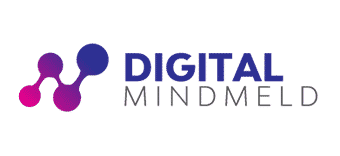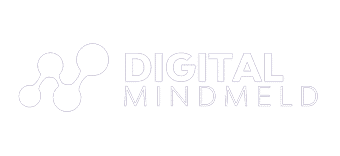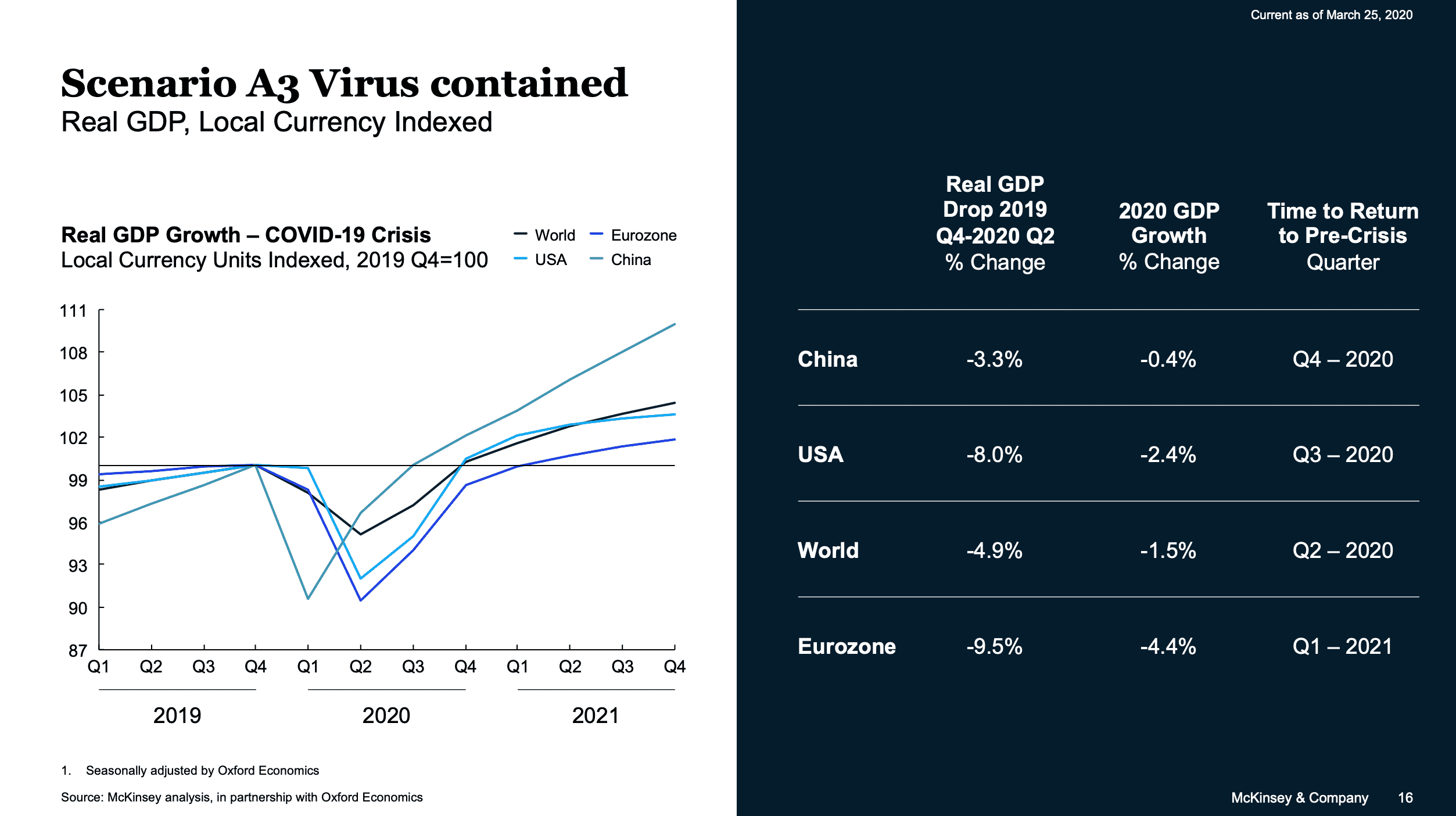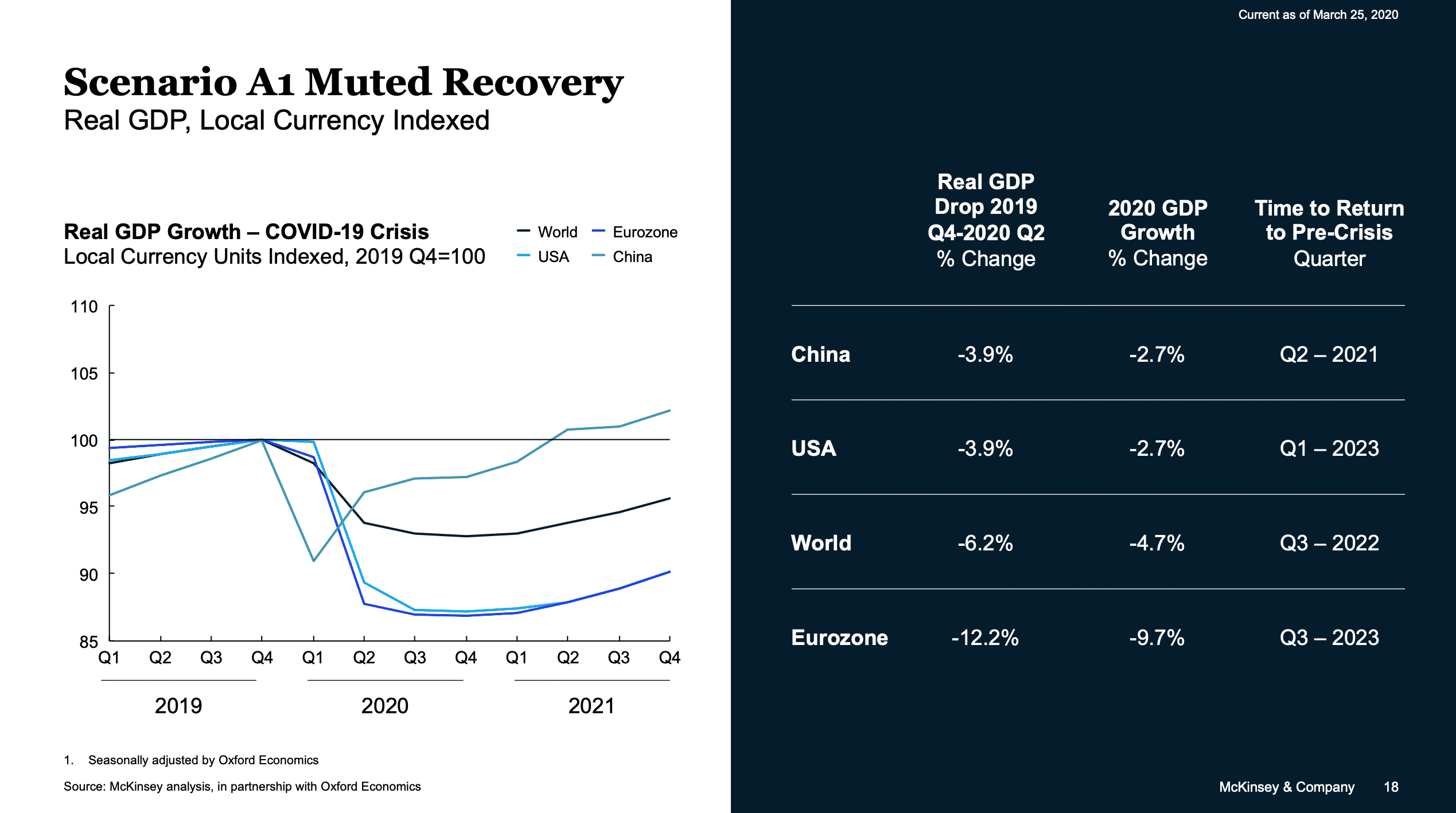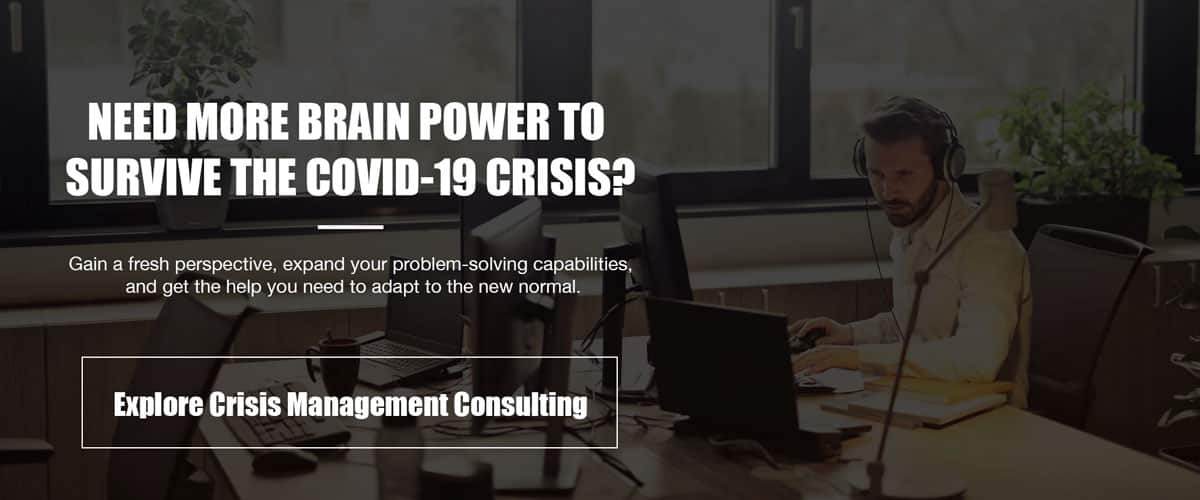The Chinese word for “crisis” is made up of two characters: 1) wēi, which represents danger, and 2) jī, a point where things happen, change. The health and financial crisis we are facing is certainly testing every business leader’s ability to recognize the danger and navigate through change.

The magnitude in which this crisis has affected us is relative to countries, sectors, and industries. Some businesses are in panic mode while others are having trouble keeping up with demand. One thing is for sure, we all need to adapt to survive.
“It is not the strongest of the species that survives, nor the most intelligent that survives. It is one that is most adaptable to change.” – Charles Darwin
While nobody can accurately predict the future, here are a few scenarios for how things could play out:
Best-case-scenario: Quick Control of the Pandemic and Rapid Time to Economic Recovery
With a rapid response to control the spread of the virus and effective economic policy responses, it’s possible to see accelerated time to a growth rebound. Critical indicators for this scenario include a decline in the rate of confirmed cases, a lift in government lockdowns, and a rise in consumer confidence.
In this scenario, the depth and length of disruption would be minimal in some industries more than others. However, this outcome is heavily dependent on a country’s ability to contain the pandemic promptly.
Worst-case scenario: A prolonged pandemic and slow economic recovery
If we are not able to control the pandemic in a timely manner, the lockdowns will continue. Demand for out-of-home entertainment and non-essential goods will be much lower as the trauma of the epidemic will make consumers wary of another outbreak.
This scenario can have a truly devastating effect on location-based entertainment centers, restaurants, and other small businesses. The longer the pandemic goes without being contained, the more profound the impact will be.
As we all have experienced the past few weeks, the unknown causes fear and panic. The most valuable aspect of thinking through the various scenarios is that it helps us overcome the unknown and plan accordingly.
Now that you’re in a better head-space, here are a few things you can do to adapt:
1. Rethink your ideal customer profile and unique selling proposition.
One of the things I’ve heard recently from one of my heroes, Mark Roberge, is to rethink whom you’re selling to and how you communicate to them. This shift in thinking leads to what you deliver on your website, your content strategy, and whom your sales team starts to engage.
This action becomes more crucial when you are in an industry that has been drastically impacted by COVID-19. You can’t remain stagnant and wait for the demand to come back. If you need help coming up with ideas, feel free to reach out.
2. Double Down on Digital
It’s safe to say that people are spending more time online than ever before. Instead of going dark with communications, your brand will win in the long run by investing in content creation, video prospecting, and automation. Remember that today’s action is tomorrow’s sale once the business does pick up again.
With all the tradeshow budget you set aside, it’s wise to reinvest it into activities that will make a lasting impact on your business. The opportunity lies in building digital fluency throughout your organization, which will help you stand out in your industry.
Here are some of the ways you can invest in your digital business:
- Expand content creation capabilities. In addition to creating timely and relevant blog posts, you can build pillar pages that can improve search engine optimization.
- Upgrade your technology stack. If you have been working with an outdated CRM or have siloes in your digital channels (e.g., email, social, website, live chat, and paid search), you can often get a more modern system for the same—if not less than what you’re currently paying.
- Video prospecting and Social Selling. The use of video during the sales process is going to be more critical than ever. Investing in the proper training and onboarding of your sales reps can help to build trust and accelerate sales.
If you’d like some examples or guidance on how to link digital activities to sales and revenue, please get in touch.
3. Shift your business model to help control the pandemic.
I know what you’re thinking, “we’re not in the business of making respirators or masks (it’s not our job).” Neither was Dyson, who designed ventilators in 10 days or Froggy’s Fog, theatrical fog manufacturer who pivoted to meet the demand of hand sanitizer in their community.
If there’s ever a time to reawaken your entrepreneurial spirit, the time is now. You know your business and people better than anyone else. If your strength is in manufacturing, supply chain management, or building SaaS products, you can apply it to make a difference—while generating revenue.
Your Turn to Step Up
If there’s a silver lining to this global crisis, it’s that it can shift mindsets and behaviors in every organization. Instead of living in fear, we can become problem-solvers and innovators. Once the dust settles, we’ll be much more adaptable and resilient than ever before.
Jane Goodall once said, “What you do makes a difference, and you have to decide what kind of difference you want to make.” Our future will be a result of the choices and actions we take today. You can choose to do nothing, or you can help shape the “new normal.”
Let’s choose to shape a better future.
